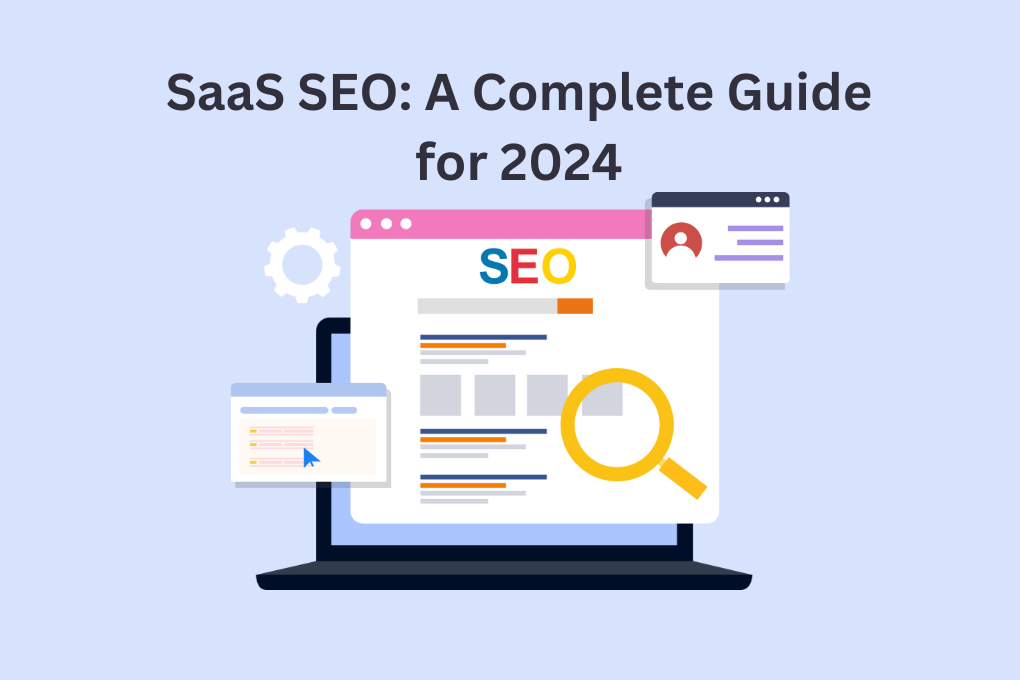In the rapidly evolving landscape of digital marketing, Software as a Service (SaaS) companies face unique challenges and opportunities. SEO, or Search Engine Optimization, remains a cornerstone of digital marketing strategy, but its application for SaaS businesses diverges significantly from traditional approaches. As we move into 2024, understanding these nuances becomes crucial for SaaS companies aiming to capture and expand their market share. This comprehensive guide delves into why traditional SEO techniques fall short for SaaS, underscores the importance of SEO for SaaS businesses, outlines benchmark metrics, and provides a strategic blueprint for effective SaaS SEO moving forward.
Why Traditional SEO Techniques Don’t Work for SaaS?
Traditional SEO techniques often prioritize broad keyword targeting, aiming to capture as much traffic as possible. For SaaS companies, however, success lies not in the volume but the relevance of traffic. Traditional methods fail to account for the SaaS customer journey, which typically involves a higher need for education and a longer decision-making process. Moreover, these methods overlook the importance of targeting keywords that indicate a readiness to subscribe or engage with a SaaS product, such as those related to problem-solving or specific software functionalities.
Why SEO Is Important for SaaS Businesses?
For SaaS companies, SEO is not just a marketing strategy; it’s a vital component of their growth engine. Here’s why:
- Cost Efficiency: SEO provides a cost-effective channel for customer acquisition compared to paid advertising, which is crucial for SaaS companies often operating within tight budget constraints.
- Sustainable Growth: It offers a sustainable path to growth by building a steady stream of organic traffic and leads over time, reducing reliance on paid channels.
- Market Education & Authority: By ranking highly for educational content related to their niche, SaaS businesses can position themselves as thought leaders, building trust and authority in their market.
- Targeted Audience Reach: SEO allows SaaS companies to target potential customers at various stages of the buyer’s journey, from awareness to consideration to decision, with tailored content that meets their specific needs and questions.
Some Benchmark Metrics for SaaS SEO
To navigate the SaaS SEO landscape effectively, it’s crucial to measure and understand several key metrics:
- Organic Traffic Growth: Measures the increase in visitors coming from search engines, indicating the effectiveness of your SEO efforts.
- Keyword Rankings: Tracks the positions of your targeted keywords, offering insights into visibility and performance gaps.
- Conversion Rate from Organic Traffic: Assesses how well your organic traffic converts into leads or customers, highlighting the quality of your traffic and content.
- Customer Acquisition Cost (CAC) from Organic Channels: Evaluates the cost-effectiveness of SEO compared to other marketing strategies.
- Churn Rate from Organic Acquisitions: Helps understand the long-term value of customers acquired through SEO by measuring how many discontinue your service.
How to Build the Right SaaS SEO Strategy for 2024 and Beyond?
Creating an effective SaaS SEO strategy requires a deep understanding of your audience, a commitment to producing high-quality, targeted content, and the flexibility to adapt to changing market dynamics. Here are essential steps to follow:
1. In-depth Keyword Research
Focus on keywords that reflect the intent to use or purchase SaaS solutions. Look beyond high-volume terms to find niche, problem-solving queries that your target audience might use.
2. Content Creation & Optimization
Develop content that addresses the specific needs and questions of your audience at each stage of the buyer’s journey. Use formats that SaaS audiences prefer, such as case studies, tutorials, and in-depth guides.
3. Technical SEO
Ensure your website is technically optimized for search engines with a focus on mobile-friendliness, page speed, secure connections (HTTPS), and structured data to enhance visibility in rich snippets.
4. Link Building & Authority
Build authoritative backlinks through guest posting, partnerships, and creating shareable content. This improves domain authority and helps increase rankings.
5. Continuous Performance Monitoring
Use analytics tools to monitor SEO performance regularly. Adjust your strategy based on what’s working and what’s not, staying responsive to algorithm changes and market trends.
Ready, Set, SEO!
Embarking on your SaaS SEO journey in 2024 requires a blend of strategic planning, deep audience understanding, and continuous optimization. By moving away from traditional SEO techniques and embracing a more targeted, content-driven approach, SaaS companies can achieve sustainable growth and significantly improve their online visibility. Remember, SEO is a marathon, not a sprint; patience, persistence, and adaptability are key to long-term success.



